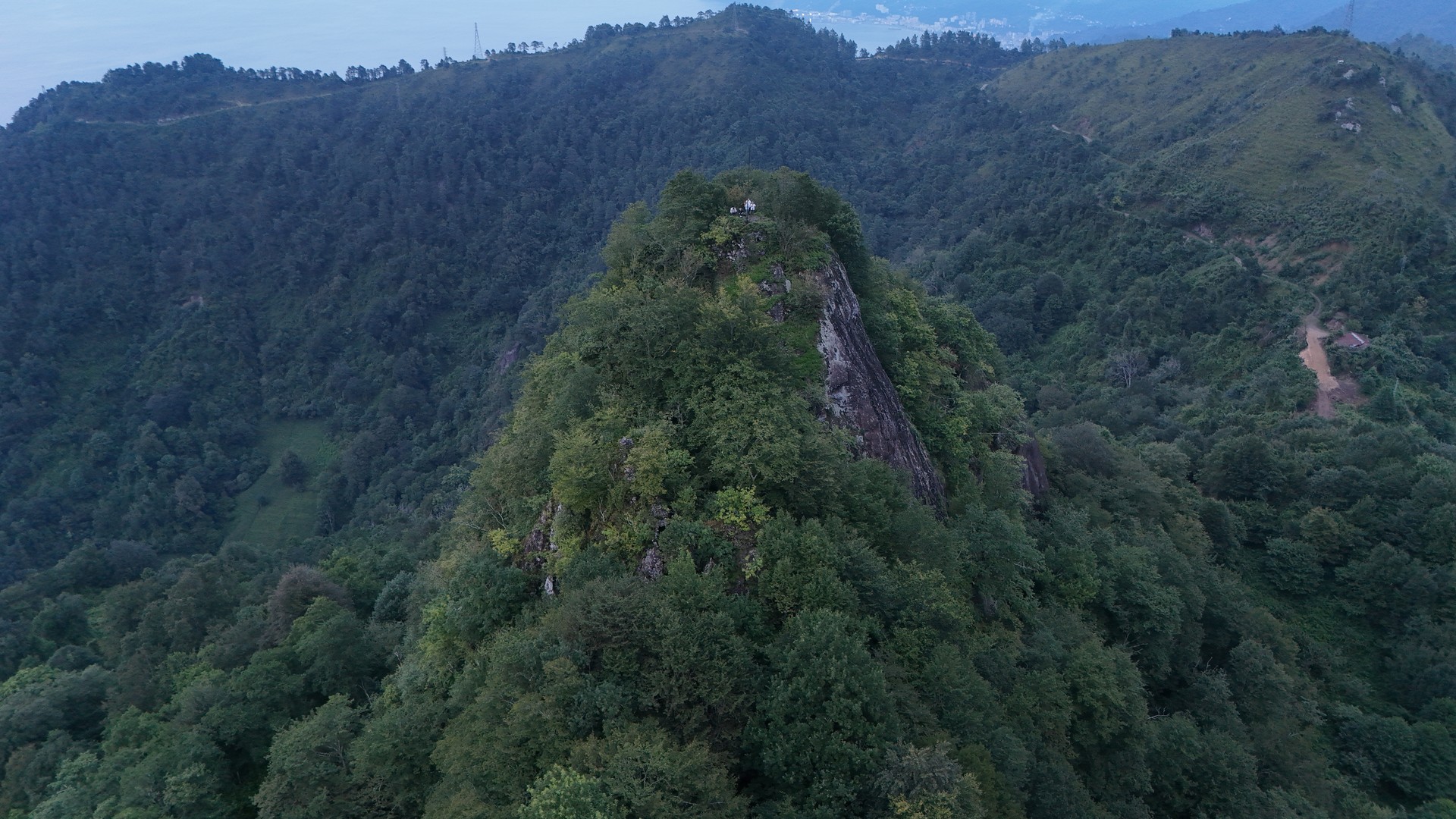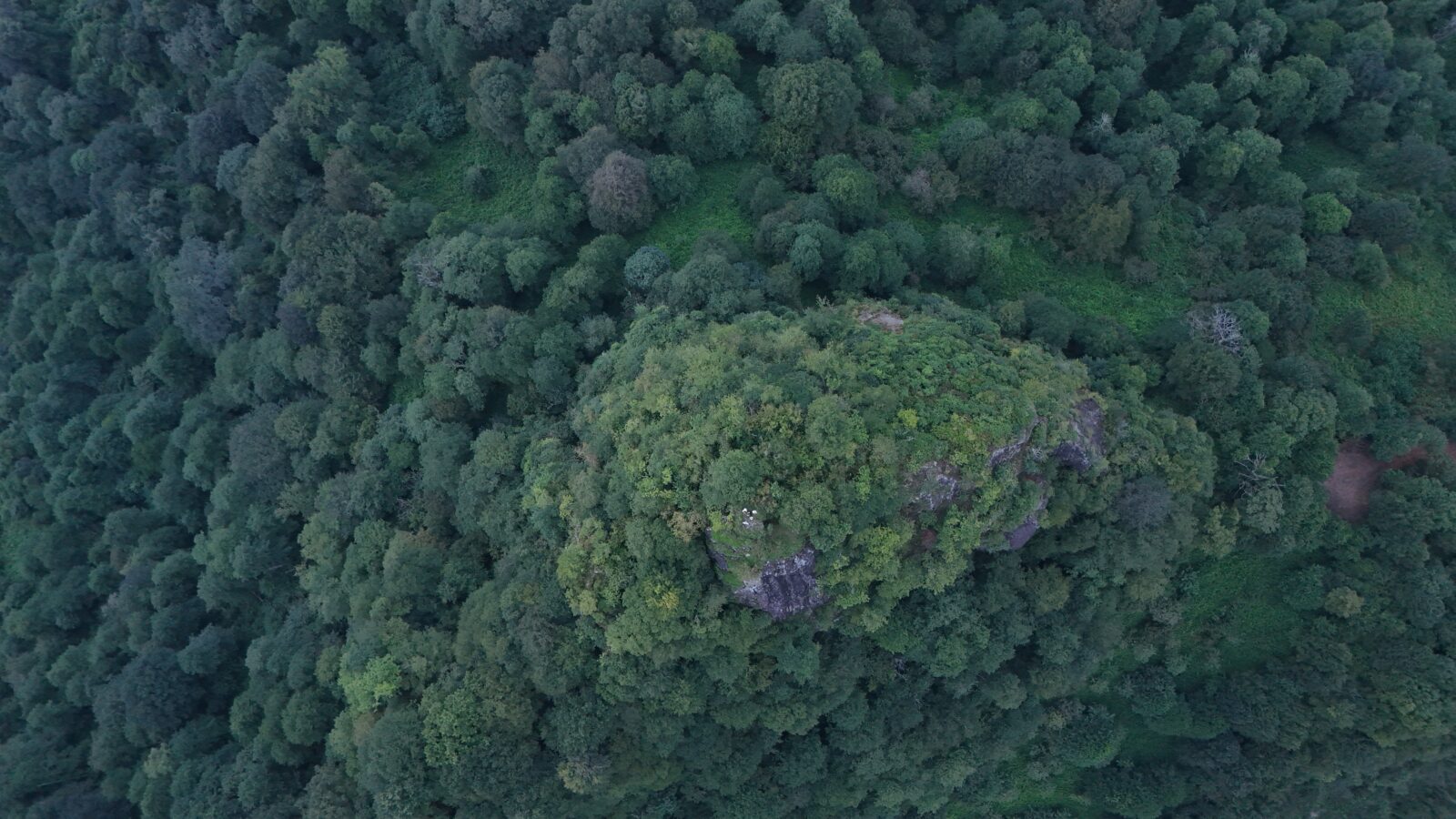
In a groundbreaking initiative led by the Artvin Provincial Directorate of Culture and Tourism, georadar technology has been utilized at three archaeological excavation sites in Artvin, located in the Eastern Black Sea region of Türkiye.

Professor Yusuf Kagan Kadioglu, dean of the Faculty of Engineering at Ankara University, and professor Selma Kadioglu, a faculty member in the same department, conducted geophysical imaging at the ongoing excavation sites of Arhavi Ciha Castle, the Ardanuc Kutlu Village Structure, and Gevhernik Castle in Ardanuc.
The excavations will progress based on the findings from a comprehensive report generated from these studies.

Professor Kadioglu, who is also a board member of Ankara University's Center for Earth Sciences Application and Research, explained the purpose of their visit to the region: “We aim to guide the archaeological excavations at these sites, which have suffered damage over time and remain buried underground. The georadar imaging was conducted at 50-centimeter intervals at Arhavi Ciha Castle and 1-meter intervals at Kutlu Village. We are now gathering insights into the formation of these areas.”
Kadioglu also mentioned that rock, soil, and mortar samples collected from the sites would undergo further analysis.

He noted, “At Kutlu Village, we discovered obsidian fragments, a type of volcanic glass, in 1-2 locations, along with a structure resembling an ancient ceramic kiln. We have collected samples from these findings to analyze and determine their relationship with the obsidian. Once excavated, the Kutlu Village site will reveal a significant cultural treasure, enhancing Türkiye’s rich cultural heritage. Moreover, these excavations will contribute to the development of the region, and as a team, we are committed to restoring this site to the cultural heritage of the country.”

Professor Selma Kadioglu emphasized that the primary goal is to provide data on the location, size, and depth of potential underground structures within the castles without physically digging the site.
“We are not just capturing the surface remains, but also the layers of structures underneath. This data will be invaluable for our archaeologist colleagues, offering them precise information on how deep they need to dig,” she said. “Given that this area is an untouched archaeological site, our work here holds tremendous importance.”
Yunus Emre Aytekin, director of Artvin Provincial Directorate of Culture and Tourism, and Osman Aytekin, head of excavation at Gevhernik Castle, were also part of the research team during these studies.